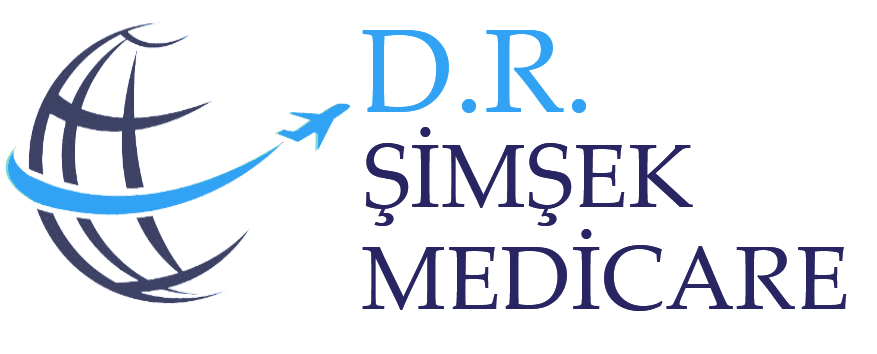
CON DISTROFIA (Day Blindness)
Cone Dystrophy (Cone Dystrophy)
Dysfunction of Cone Cells in the Eye: Cone Dystrophy and the Importance of Retinal Cells in Vision Health
Cone Dystrophy Disease Definition:
Cone dystrophy is an inherited disorder characterized by the progressive loss of cone cells responsible for central vision and color vision. Light-sensing cells in the retina are mainly divided into two types: rods and cones. Rods are highly sensitive in low light conditions, while cones are more active in bright light, allowing us to see colors. Cone dystrophy causes the cones to lose their function, leading to loss of central vision and color vision.
Genes associated with cone/cone-rod dystrophies, for healthy development and function of retinal cells provides instructions for making vital proteins. A defect in any of these genes disrupts the smooth functioning of the retina and leads to vision loss.
.
Symptoms of Cone Dystrophy:
The symptoms of the disease are very diverse. Most cases of cone dystrophy Among the common symptoms are vision loss. The age of onset usually ranges from late adolescence to the sixties. Symptoms include sensitivity to bright lights and poor color perception. Patients with this condition usually see better in dim light.
Visual acuity usually decreases over time and in more advanced cases can be reduced to the level of "counting fingers". A color vision test shows many errors in red-green and blue-yellow plates. Progressive dystrophy may also occur at a later stage and vision may gradually decline over time.
Diagnosis and Follow-up Methods of Cone Dystrophy Disease:
Correct diagnosis of the disease, an ophthalmologist performs a careful and comprehensive eye examination.
The retinas of people with cone dystrophy can often appear normal, even as they begin to lose their vision. The most useful test for diagnosis which measures the retina's response to light flashes. electroretinogram (ERG) test.
The main techniques used to diagnose and monitor the disease are:
Electroretinography (ERG): It is the first test that should be performed to make a diagnosis. In the early stages, the clinical examination and macula may appear normal, but abnormalities seen on the ERG can help determine the diagnosis.
Fundus Images: Examination of the patient's changing fundus findings over time with fundus images is of great importance for the diagnosis and follow-up of the patient.
Optical Coherence Tomography (OCT): The disappearance of the interdigitation zone (IZ) on OCT, showing the interaction of photoreceptors and apical extensions of the RPE, is an early sign of cone dystrophy. As the disease progresses, the most prominent OCT finding is the disappearance of the ellipsoid zone (EZ) below the foveal pit.
Genetic Screening: It is one of the most important stages of the diagnostic process. With recent advances in molecular genetics, the rate of genetic diagnosis has increased. ABCA4, CRX, GUC1A and RPGR genes with the most common mutations should be screened.
Cone Dystrophy Disease Treatment
There is currently no treatment that can stop the progression of cone and con-rod damage in the retina or restore vision.
However, in order to reduce the symptoms of the disease with the doctor's recommendation assistive devices, periodic inspections, light protection and vitamins that slow down retinal degeneration, and therapeutic aids to alleviate symptoms.
Stem Cells are considered to play an important role in the treatment of cone dystrophy and clinical trials in this field are ongoing. This innovative approach could have promising results in the treatment of the disease in the future.















